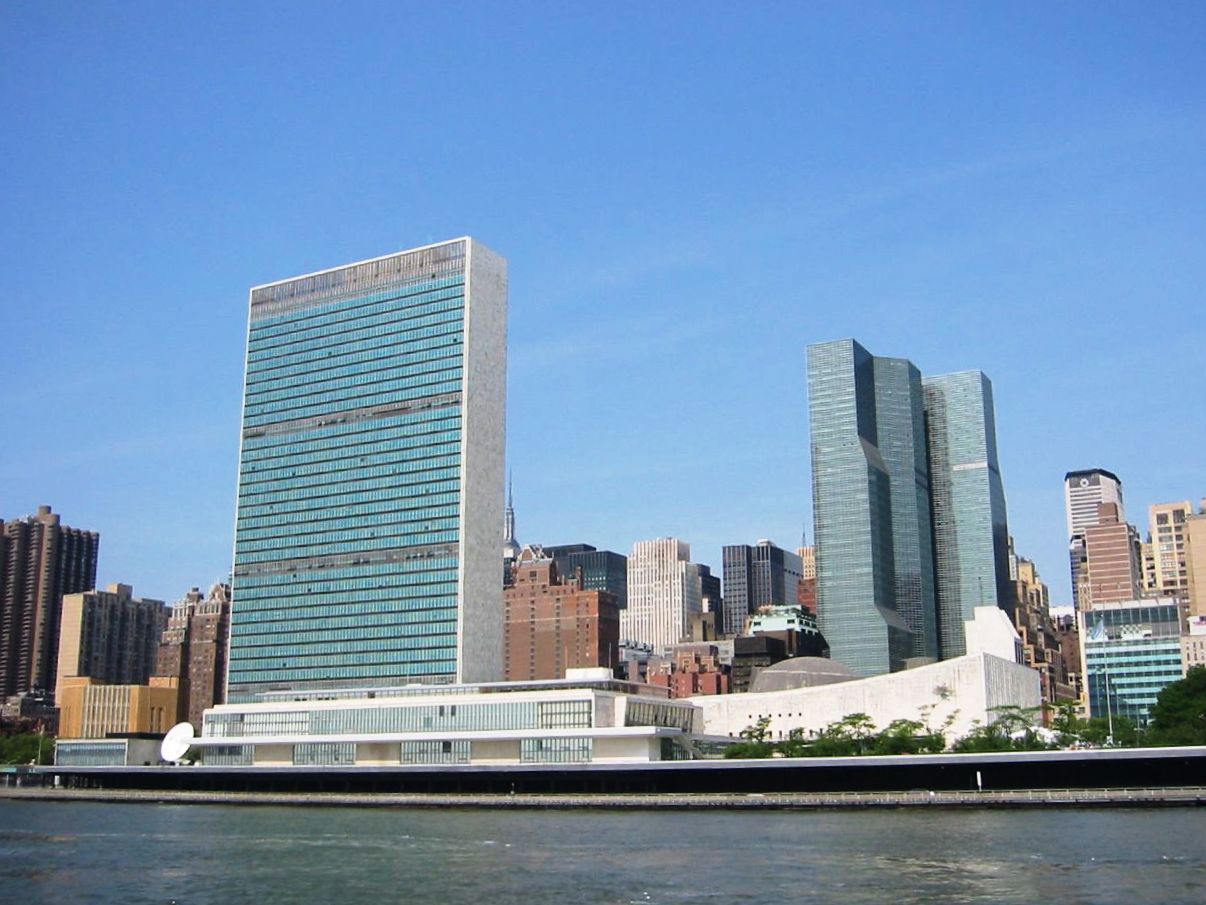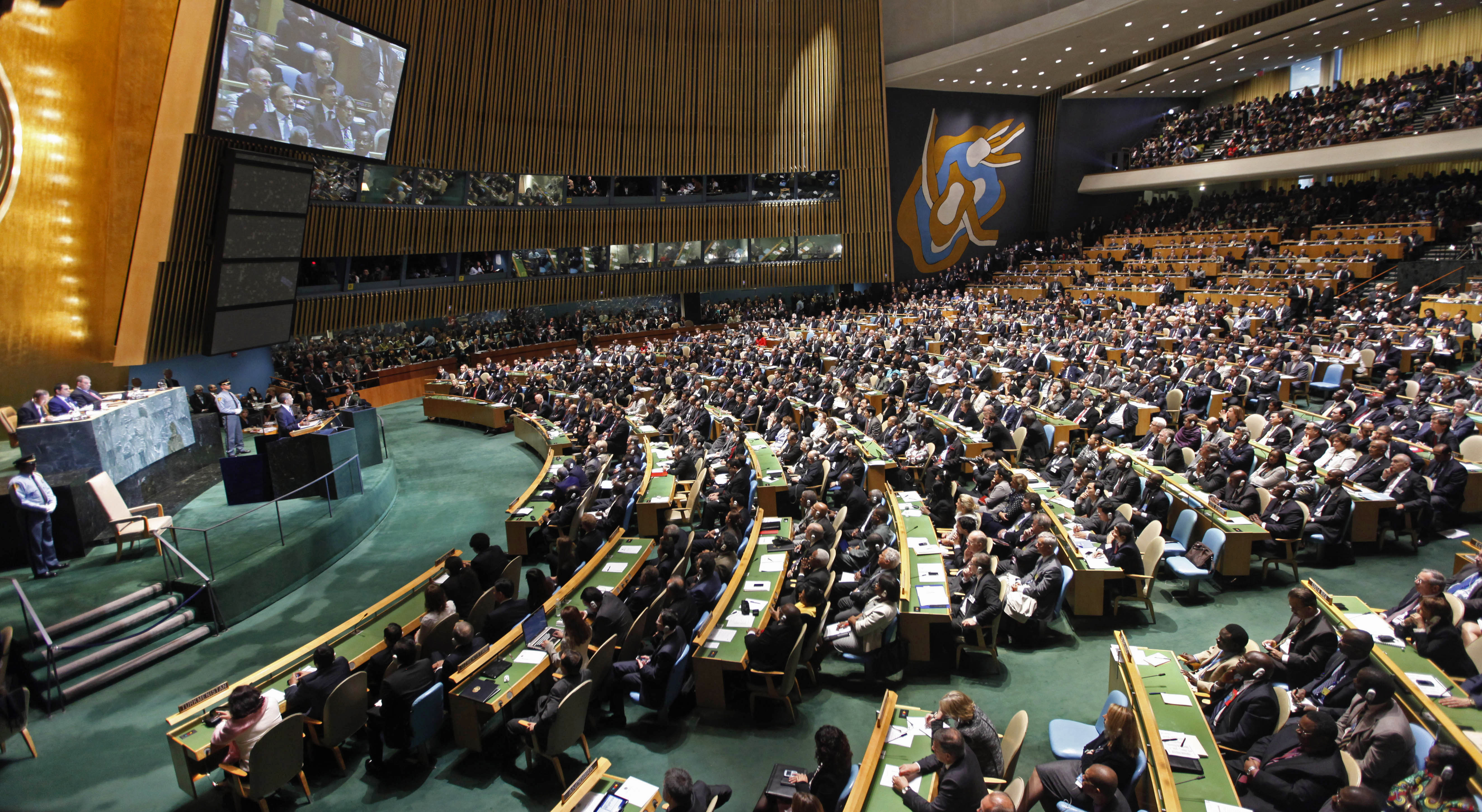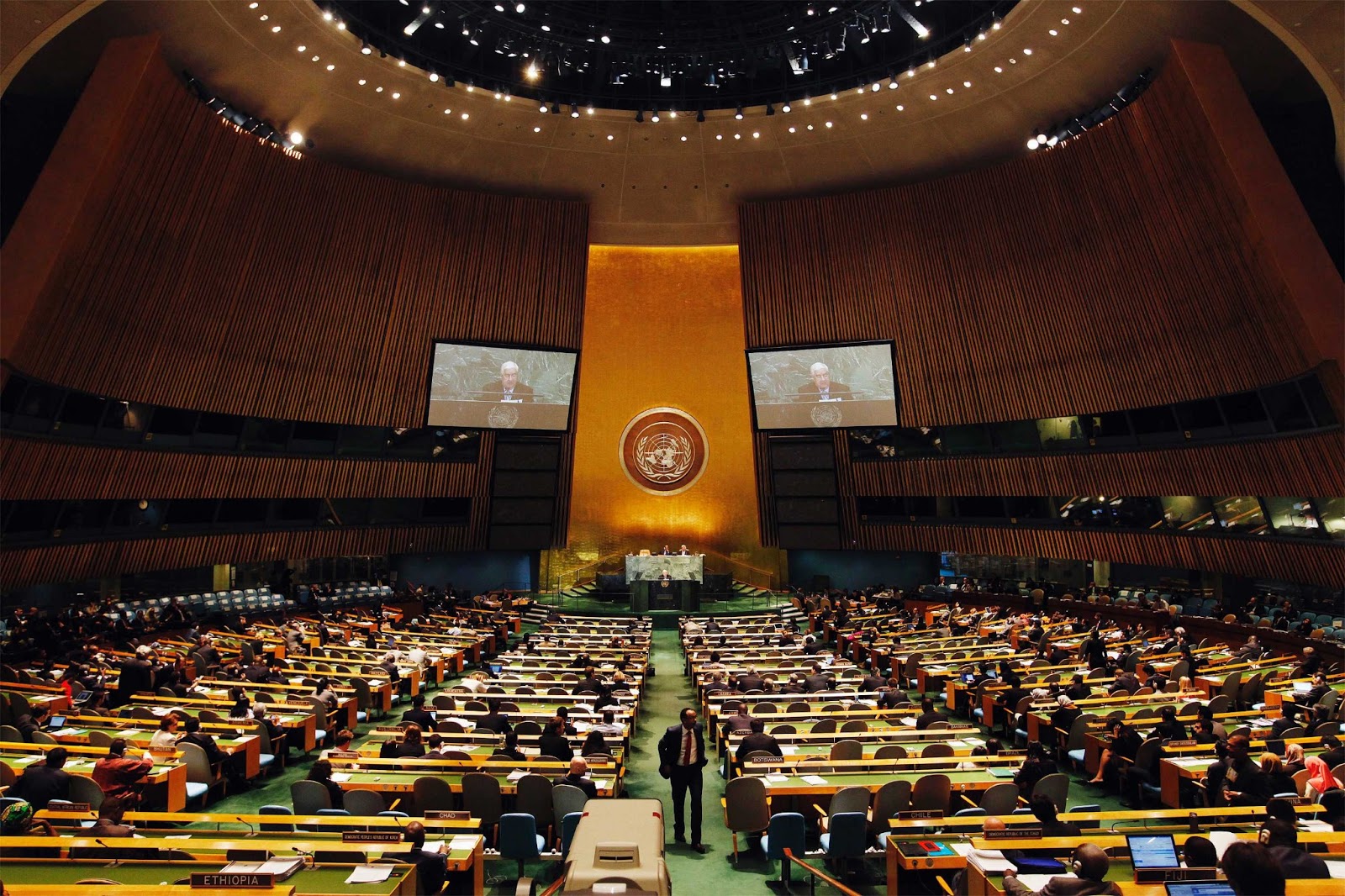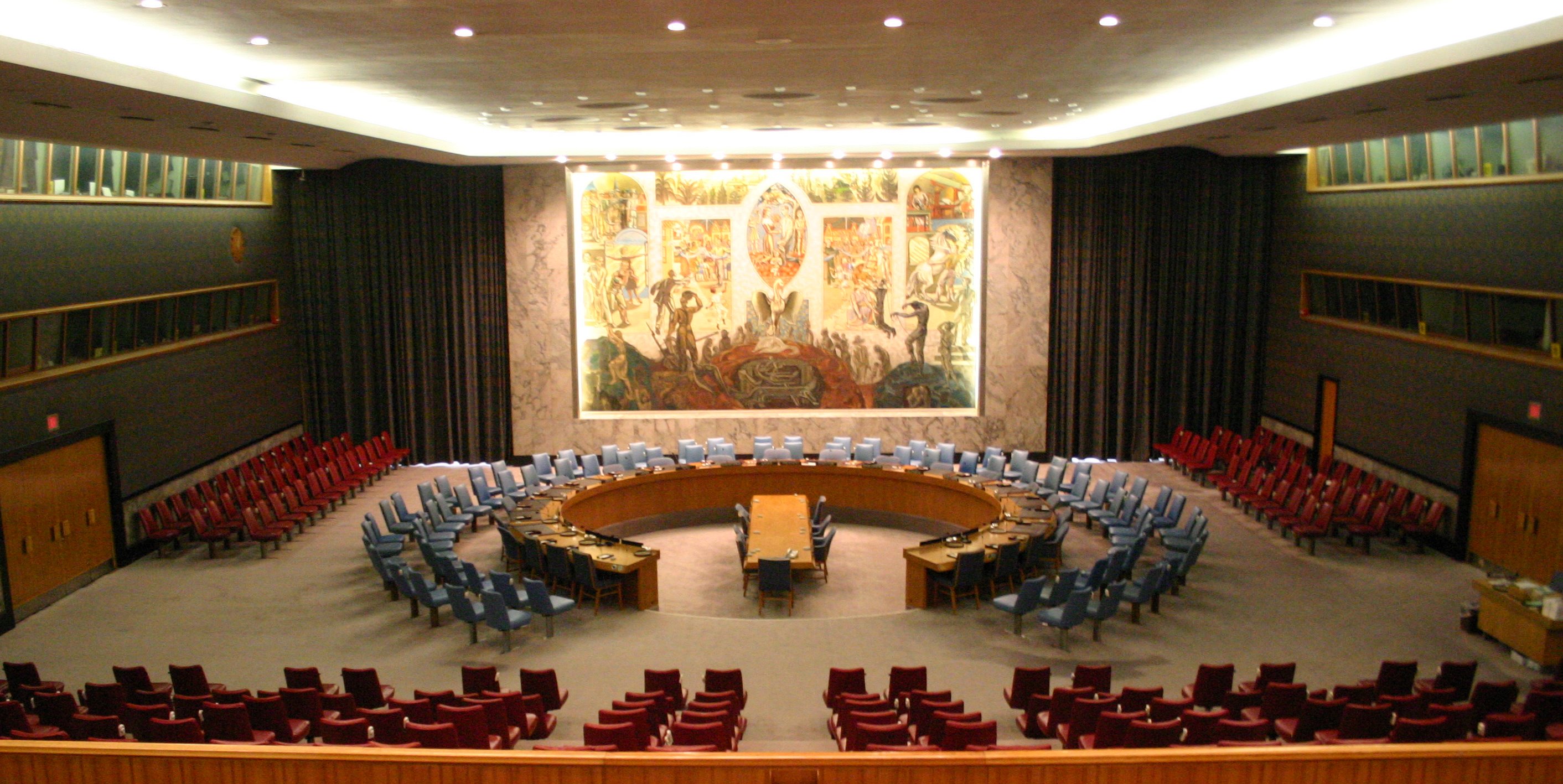Many MICs require international support to address current and long-term challenges. Eligibility criteria that rely only on income per capita limit available support ? including access to concessional finance ? without accounting for MICs? multidimensional development needs.
SDG #8: Decent work and economic growth

Industrial and innovation policies are gaining additional traction, becoming crucial aspects of many governments? toolkits to support innovation, build resilience, and accelerate the green energy transition. There are, however, enormous disparities across economies in their capacity to implement industrial policies, particularly those to support science, technology and innovation.

Despite persistent monetary tightening by major central banks, labour market conditions in most developed economies remained robust in 2023. Low unemployment and high economic activity are accompanied with continuing, albeit moderating, labour shortages.

Development cooperation with middle-income countries (A/78/224)

There is an urgent need for channeling long-term risk-tolerant finance towards achieving the Sustainable Development Goals. The paper argues that National Development Banks (NDBs) and Multilateral Development Banks (MDBs) can play a crucial role in mobilizing the needed capital.

A massive gap in investment and the adoption of low-carbon technologies between the developed and developing countries persist, threatening the urgent need to accelerate the energy transition as well as the achievement of the SDGs.

Higher domestic food prices are a major driver of food insecurity, especially for poor households whose incomes are stagnant or declining. Countries that already faced protracted food crises before the COVID-19 pandemic and the war in Ukraine have been the most affected by the recent food price increases.

The inevitability of preparing for a future with an older population adds to the urgency with which countries need to improve how they prepare young people for the jobs of today and the future. Without a large boost in labour productivity, the potential economic benefits due to an influx of young workers will remain unrealized at the scale needed for such a future.

Microchips are central to modern industries, ranging from consumer goods, industrial production to national defence. While chip supply shortages, notable during the pandemic, have now largely eased, this has been uneven across user sectors.
 Welcome to the United Nations
Welcome to the United Nations